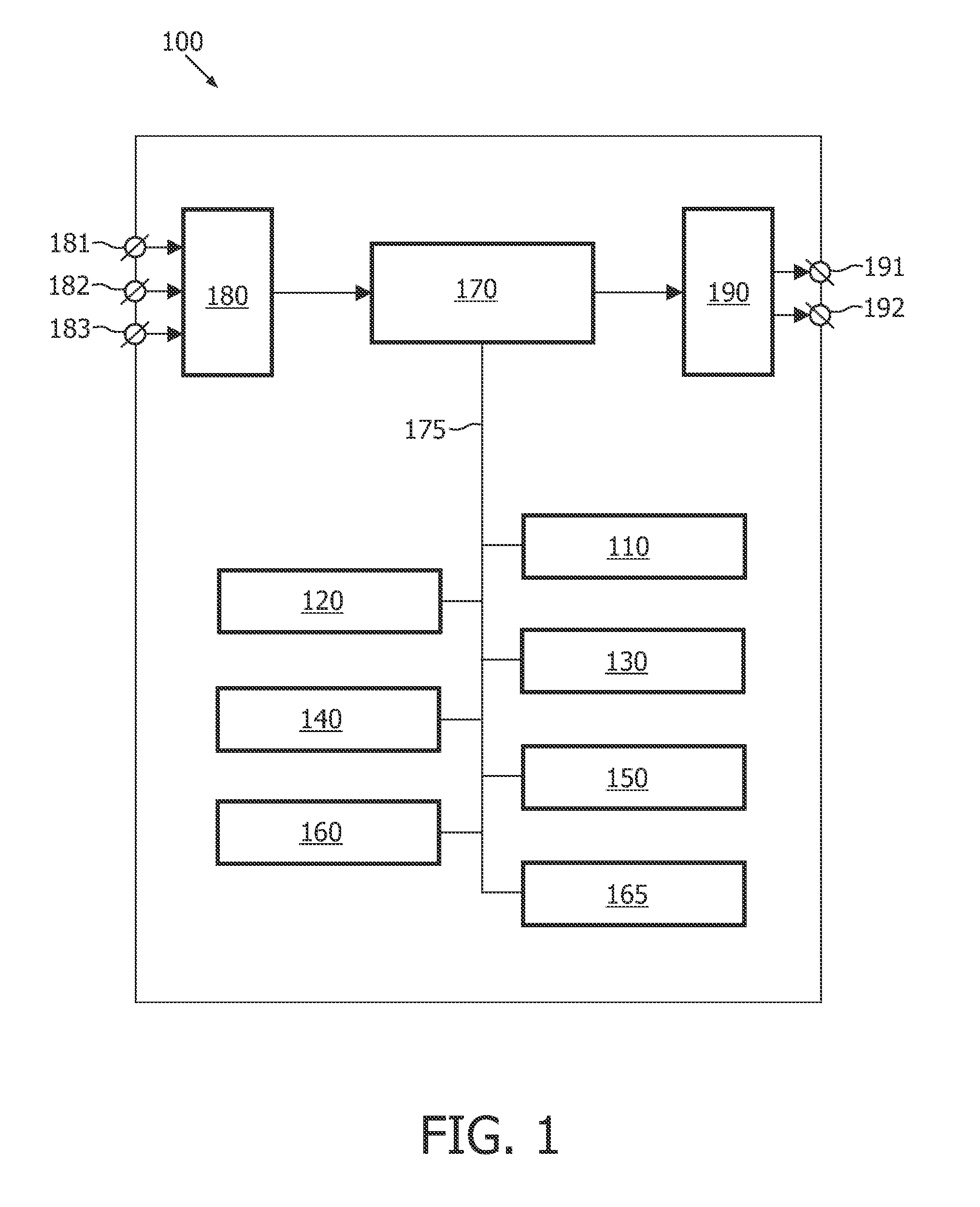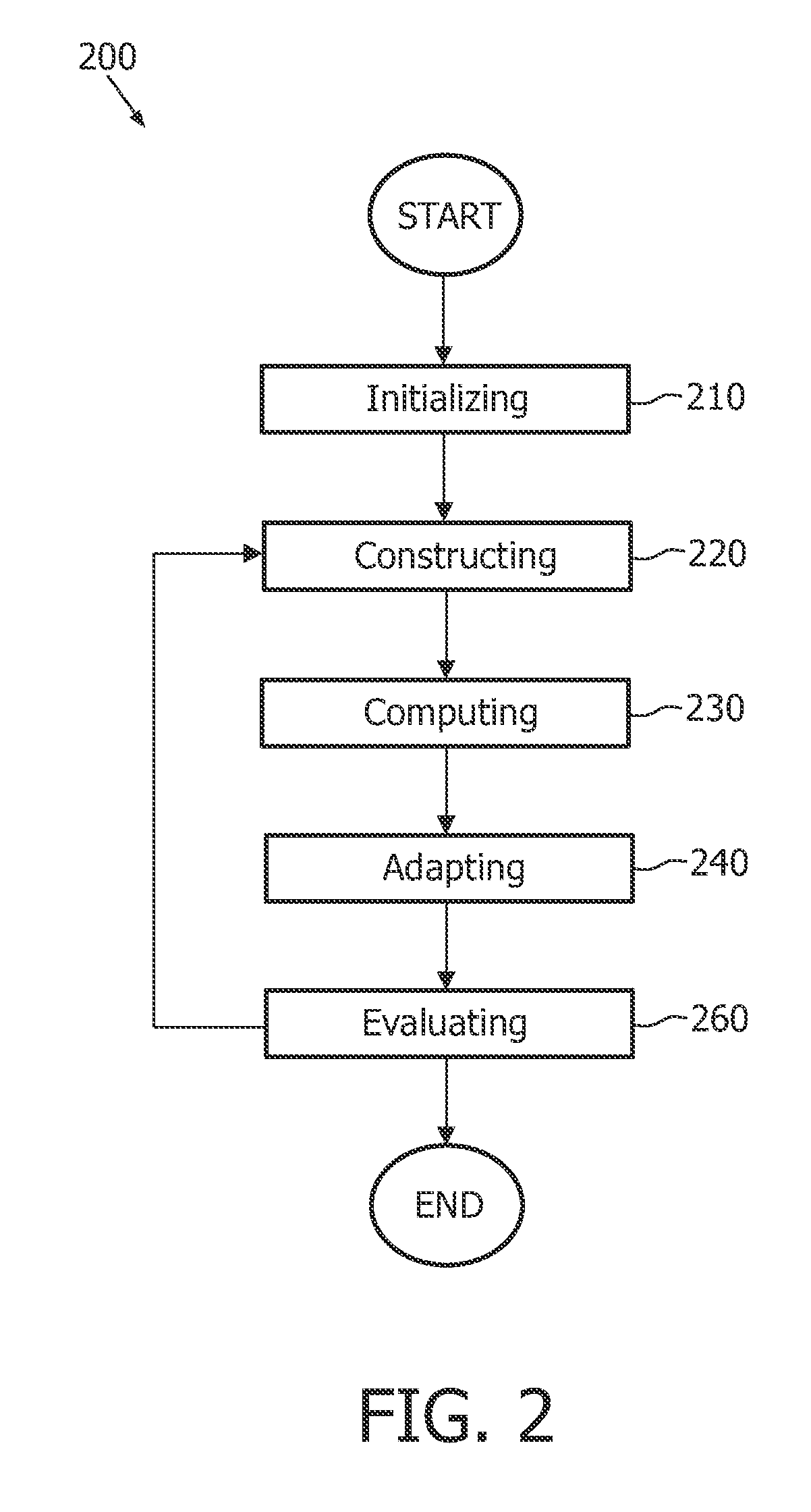Variable resolution model based image segmentation
a variable resolution model and image segmentation technology, applied in image enhancement, image analysis, instruments, etc., can solve the problems of significantly increasing the computational cost of keeping the model surface smooth, the computational cost of adapting the coarse mesh to an object in the image dataset is significantly lower than that of adapting the fine mesh, and the computation cost of adjusting the coarse mesh to an object in the image dataset is significantly higher. , to achieve the effect of controlling the smoothness of the computed model surface, increasing the computational cost,
- Summary
- Abstract
- Description
- Claims
- Application Information
AI Technical Summary
Benefits of technology
Problems solved by technology
Method used
Image
Examples
Embodiment Construction
[0045]FIG. 1 schematically shows a block diagram of an exemplary embodiment of the system 100 for segmenting an image dataset based on a deformable model for modeling an object in the image dataset, utilizing a coarse mesh for adapting to the image dataset and a fine mesh for extracting detailed information from the image dataset, the system 100 comprising:
[0046]an initialization unit 110 for initializing the coarse mesh in an image dataset space;
[0047]a construction unit 120 for constructing the fine mesh in the image dataset space based on the initialized coarse mesh;
[0048]a computation unit 130 for computing an internal force field on the coarse mesh and an external force field on the coarse mesh, wherein the external force is computed based on the constructed fine mesh and the scalar field of intensities; and
[0049]an adaptation unit 140 for adapting the coarse mesh to the object in the image dataset, using the computed internal force field and the computed external force field, ...
PUM
 Login to View More
Login to View More Abstract
Description
Claims
Application Information
 Login to View More
Login to View More - R&D
- Intellectual Property
- Life Sciences
- Materials
- Tech Scout
- Unparalleled Data Quality
- Higher Quality Content
- 60% Fewer Hallucinations
Browse by: Latest US Patents, China's latest patents, Technical Efficacy Thesaurus, Application Domain, Technology Topic, Popular Technical Reports.
© 2025 PatSnap. All rights reserved.Legal|Privacy policy|Modern Slavery Act Transparency Statement|Sitemap|About US| Contact US: help@patsnap.com



